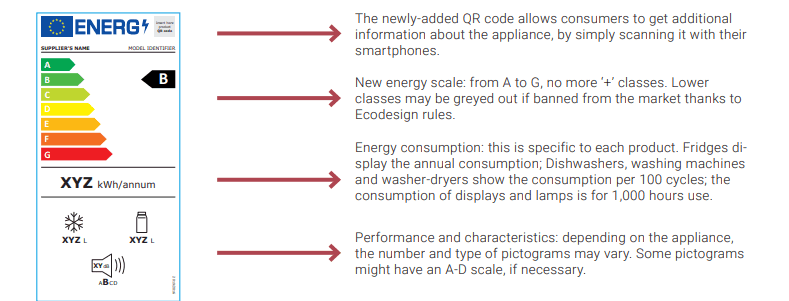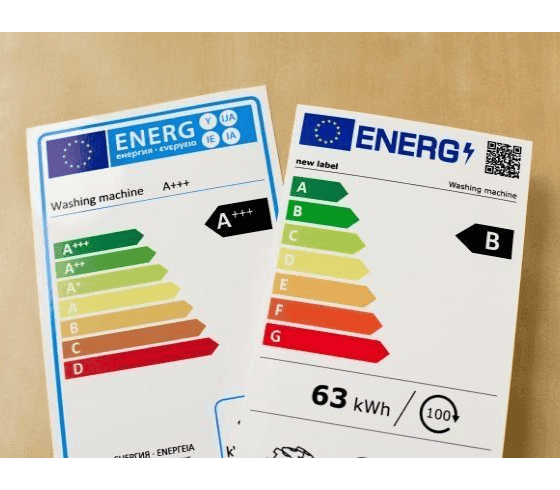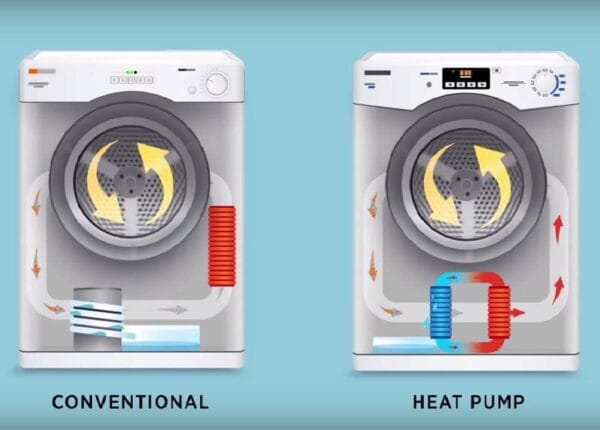Monday to Saturday
8am - 7pm
Appliances Energy Labels Malta
Posted by
Fester
The Evolution of EU Energy Labels: Key Differences Between Old and New Ratings
The EU energy label has changed over time to help consumers make better choices when buying appliances. Introduced in 1994, the label shows how much energy a product uses, affecting both your electricity bill and the environment.
Old Energy Labels: A+ to A+++ and Overcomplicated Grading
Before, appliances had labels like A+, A++, and A+++, which caused confusion. These ratings became less helpful as more products became energy-efficient. For example, an A++ refrigerator used to be much more efficient than an A+ one, but as technology improved, more products reached the top ratings, making it harder for consumers to choose.

New Energy Labels: Simplified A to G Scale
Since 2021, the EU simplified the energy rating system by returning to a clearer A to G scale. Now, “A” stands for the most energy-efficient products, and “G” represents the least efficient. This change makes it easier for consumers to compare products and understand their true energy performance.
How the Changes Impact Different Appliances
- Refrigerators & Freezers: A previously A+++ rated fridge could now be classified as A, depending on the model’s efficiency. The move ensures that consumers don’t confuse top-performing products with others that may only be marginally better than older models.
- Dishwashers: For dishwashers, the previous A+++ grade may be replaced by A under the new system. However, advanced testing parameters now provide a more accurate assessment of water consumption and energy efficiency.
- Washing Machines: Older A+++ washing machines will be reclassified to reflect more stringent criteria, with many potentially falling into categories like B or C based on their energy performance.

Additional Information on the New Label
The updated labels also feature a QR code that leads to the European Product Database for Energy Labelling (EPREL), offering consumers detailed insights into the product’s energy consumption, capacity, and even noise levels. The shift in rating helps drive innovation, motivating manufacturers to design even more energy-efficient appliances.
Conclusion
Whether you’re shopping for a new refrigerator or a washing machine, understanding the differences between the old and new EU energy labels is essential. The streamlined system not only makes comparisons easier but also ensures that only the most energy-efficient appliances dominate the market. Always look for the new labels when making your next purchase to ensure you’re investing in products that save energy, money, and reduce your environmental footprint.



